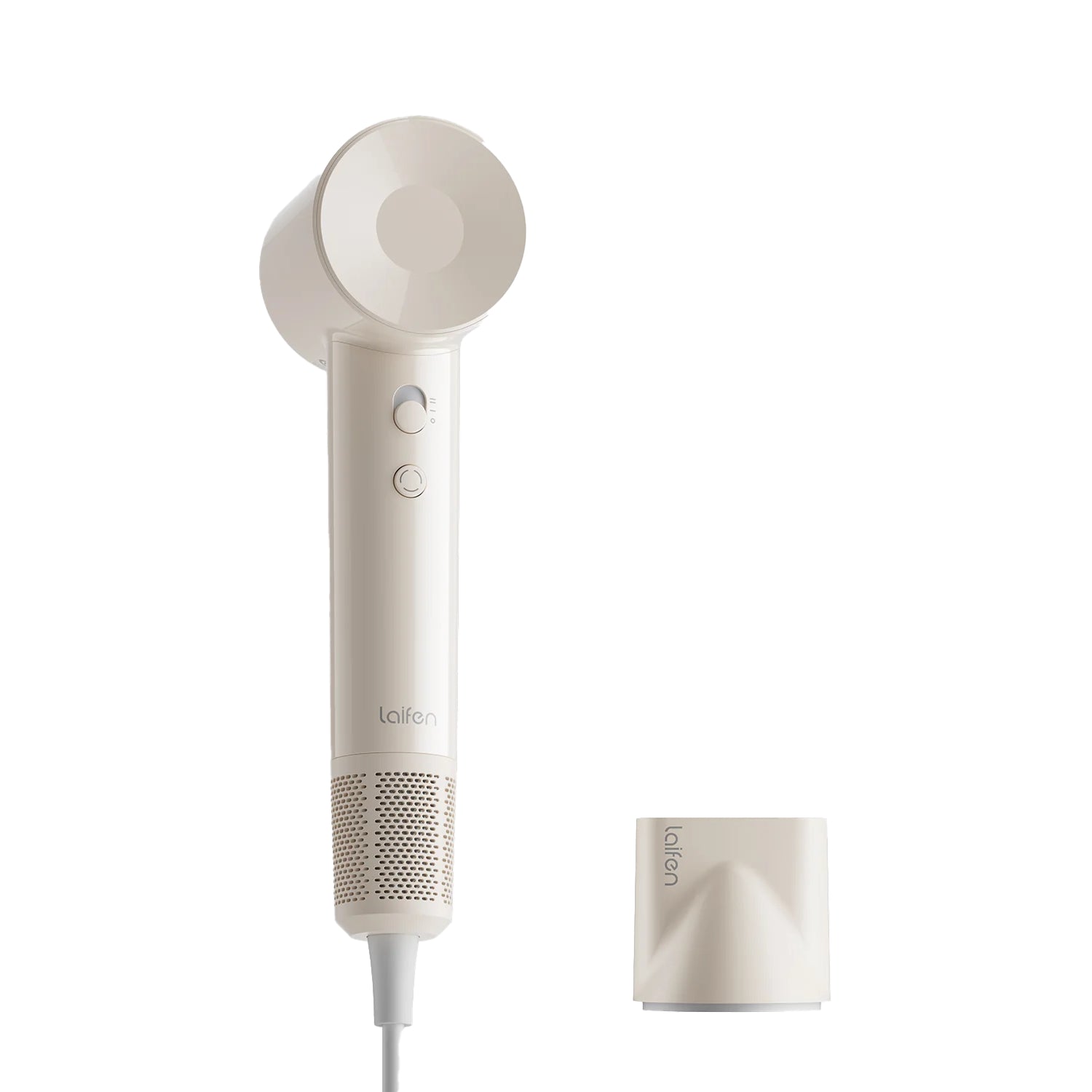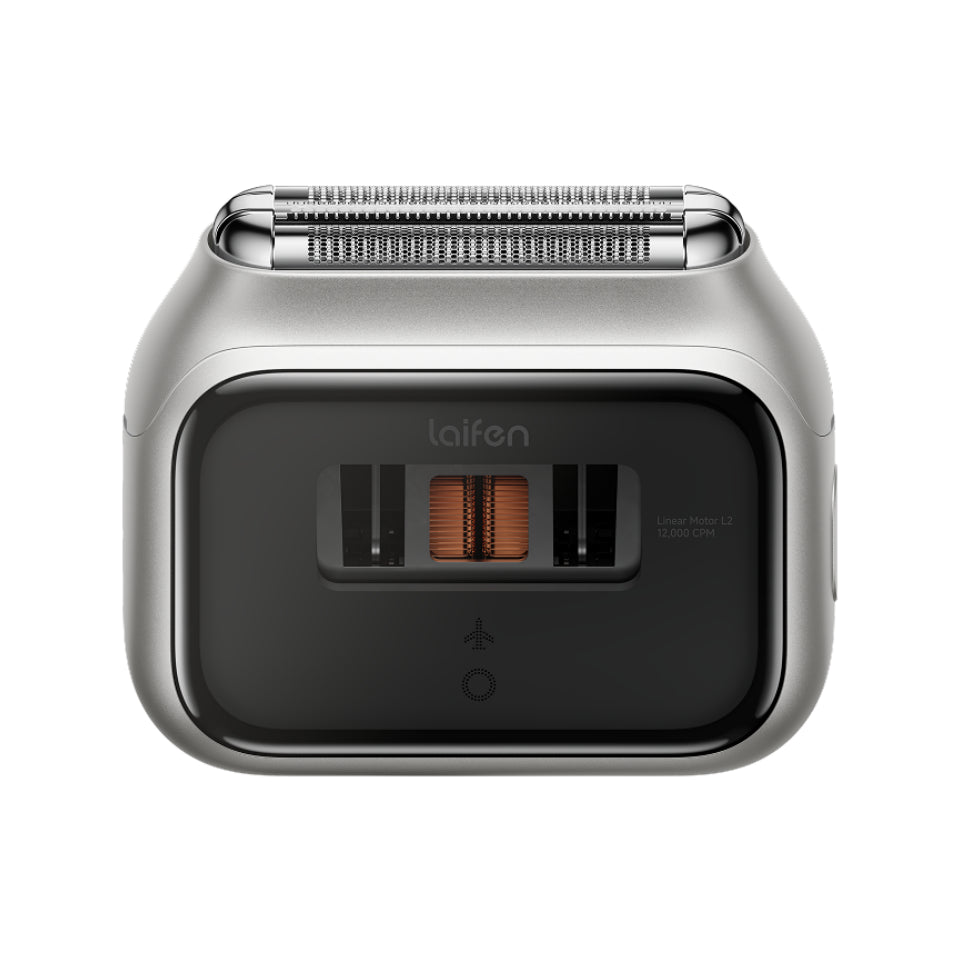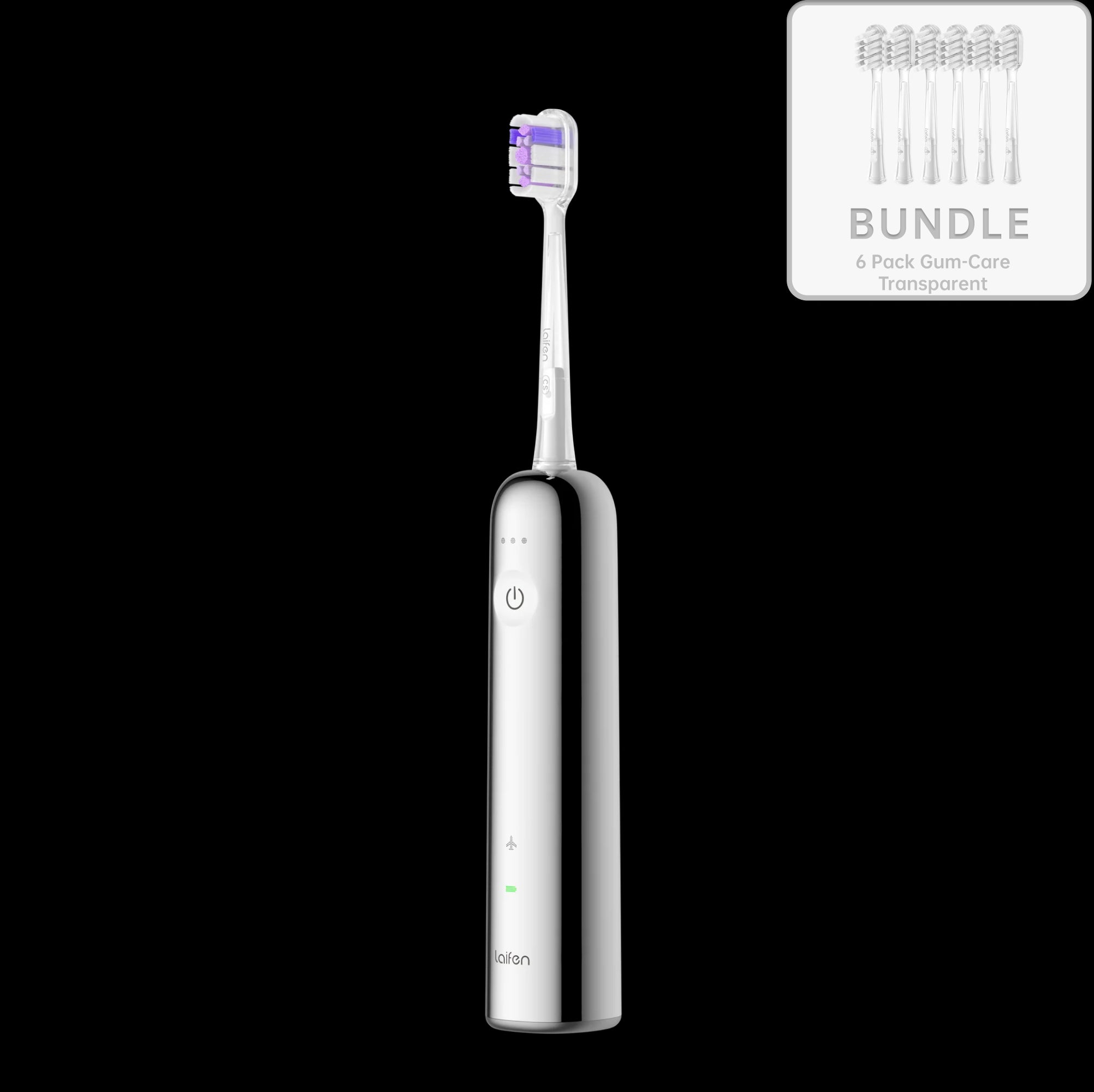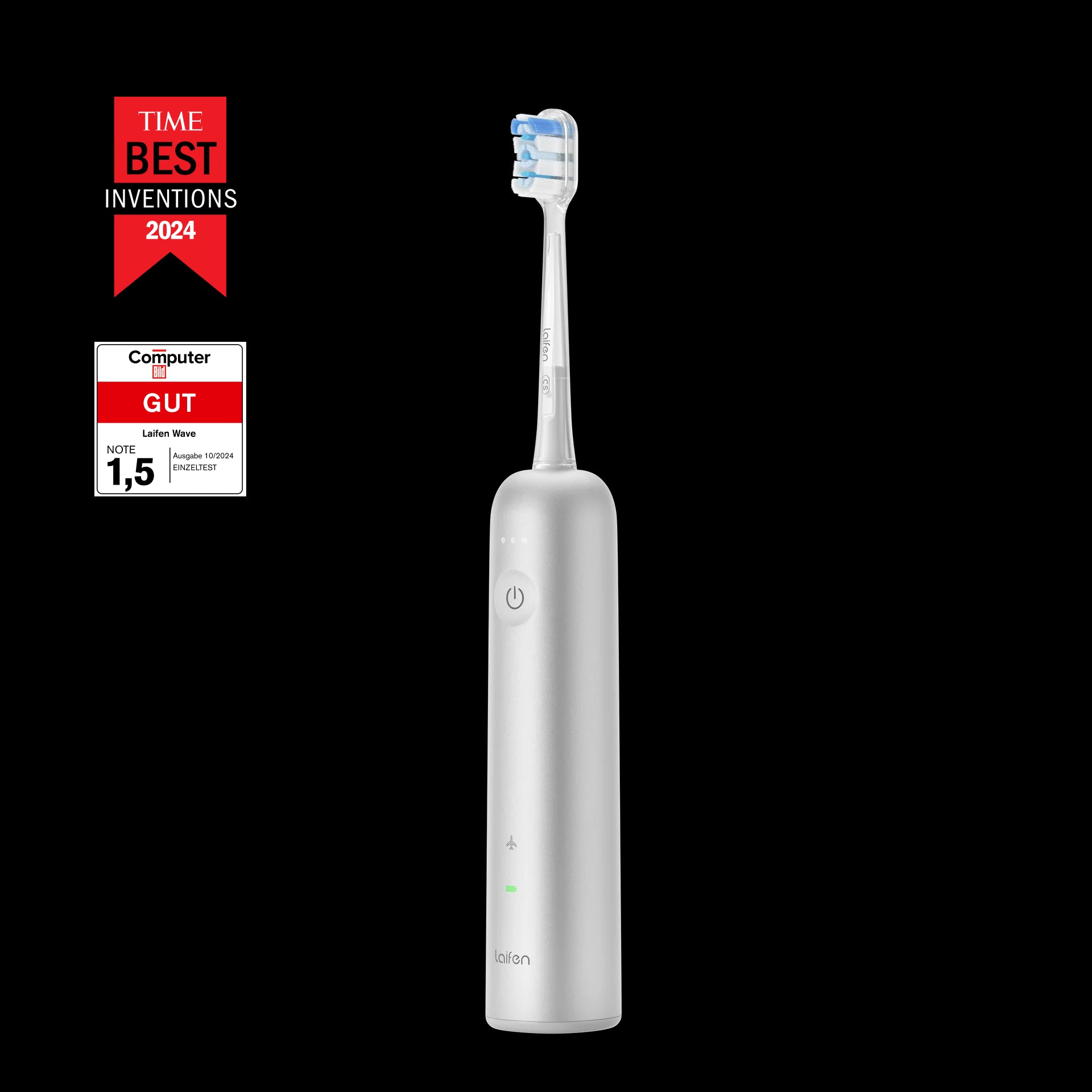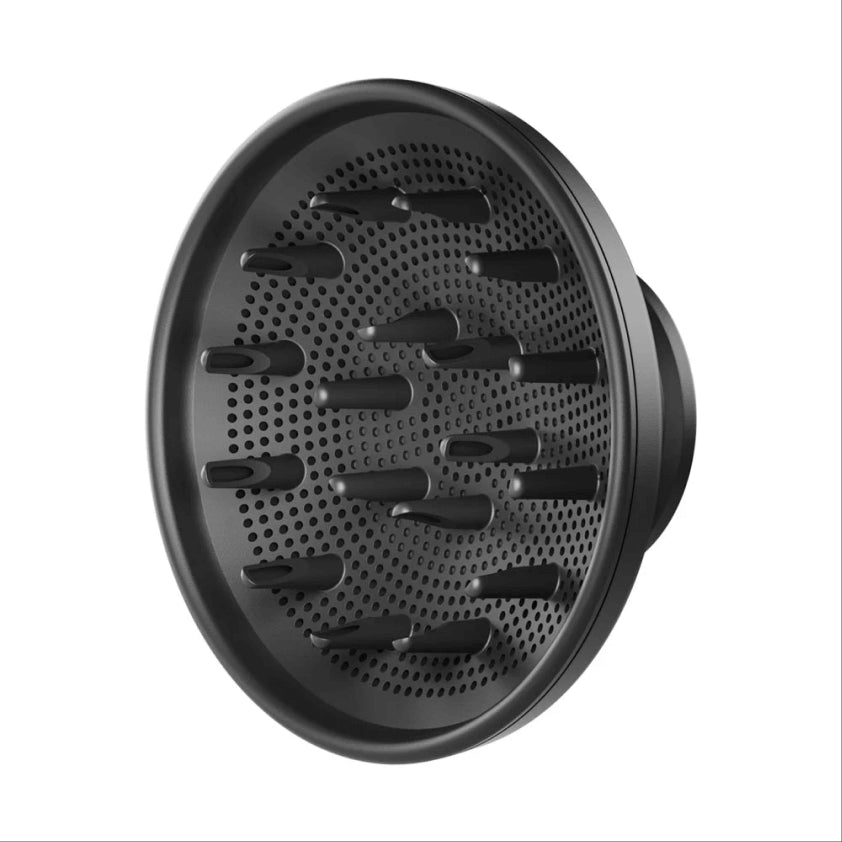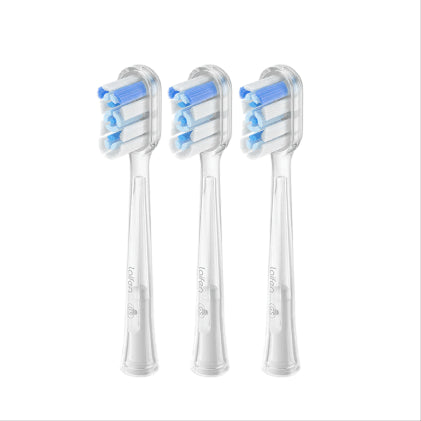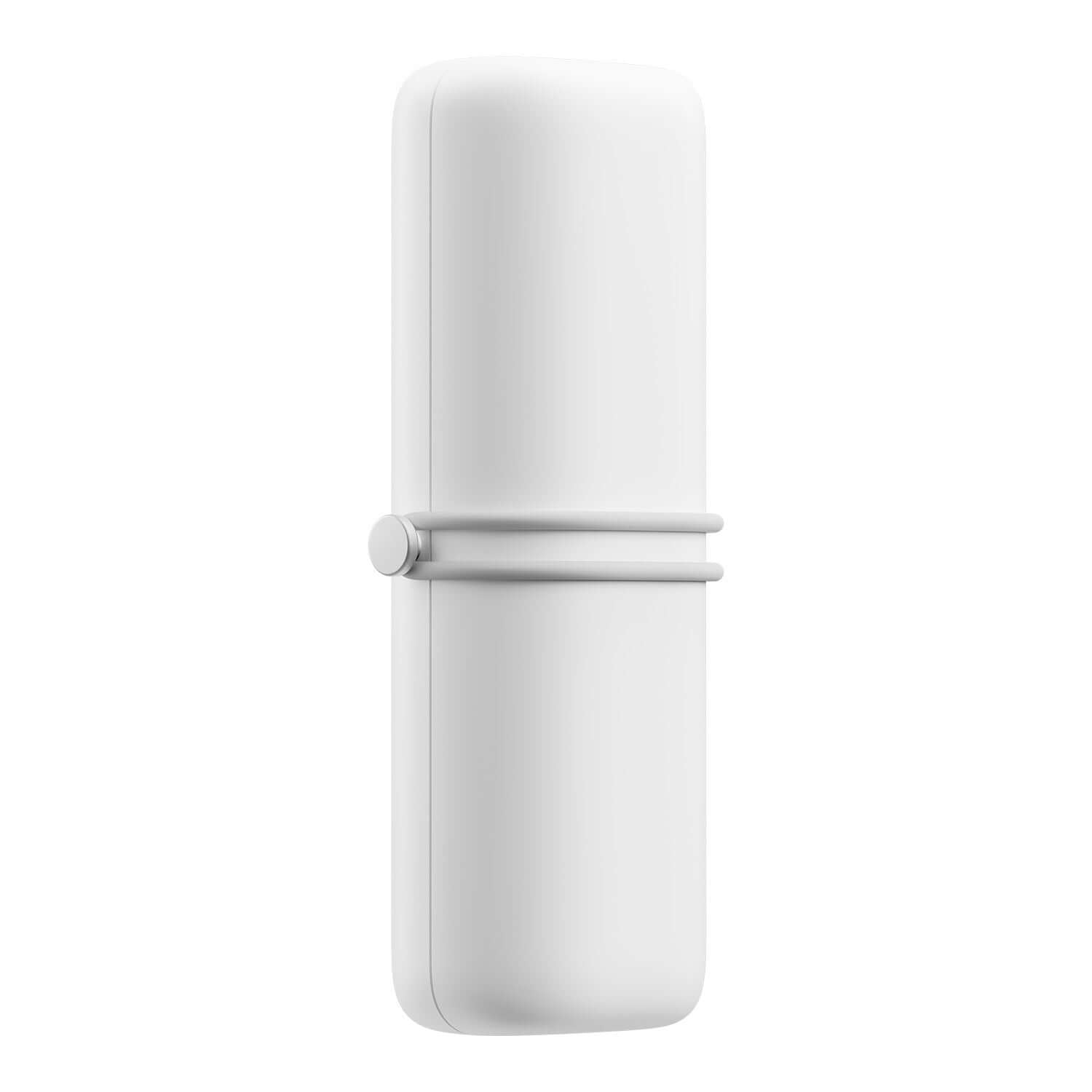
In this article
Worried about bone loss and growth in your mouth? Addressing bone loss is vital as it can lead to tooth instability and loss. Many are keen to know how diet, supplements, and lifestyle changes can impact bone health. In fact, we can tackle bone loss early to avoid significant dental issues.
This article will show you some popular topics and share practical ways to treat and reverse bone loss naturally. You'll get to know effective strategies to strengthen your bones and maintain a healthy smile. It's time to go!
Tooth bone loss causes
Get to know why you have the loss of your tooth bone.
Periodontal disease
Periodontal disease/Gum disease is a primary cause of bone loss in the mouth. This condition starts with the accumulation of bacteria-laden plaque on the teeth.
If not removed, plaque hardens into tartar and results in inflammation and infection of the gums.
As the disease progresses, it destroys the bone supporting the teeth, causing it to deteriorate. Periodontal disease is often painless in its early stages and makes significant bone damage to occur before it is detected.
Tooth loss
Tooth loss can trigger bone resorption, where the bone surrounding the lost tooth begins to dissolve.
This happens because the bone requires the mechanical stimulation provided by the tooth roots to maintain its density.
Without this stimulation, the bone tissue gradually diminishes.
This process can affect adjacent teeth and make them more vulnerable to further bone loss and instability.
Osteoporosis
Osteoporosis, a systemic condition that weakens bones, can also lead to bone loss in the jaw.
People with osteoporosis are at a higher risk of jawbone deterioration because their bones are more prone to fractures and resorption.
This connection underscores the importance of overall bone health in maintaining oral health.
Trauma and injury
Physical trauma to the mouth, such as from accidents, falls, or certain dental procedures, can damage the jawbone. Injuries can lead to immediate bone loss or trigger inflammatory responses that accelerate bone degradation over time.
Poor dental hygiene
Inadequate oral hygiene practices contribute significantly to bone loss.
Neglecting regular brushing and flossing allows plaque to build up and causes gum disease and subsequent bone loss.
rofessional dental cleanings are essential to remove tartar and prevent periodontal disease, thus protecting the underlying bone.
Types of bone loss
Bone loss in the mouth can manifest in various forms, each with its unique characteristics and implications. Understanding the different types of bone loss is essential for diagnosing and treating the condition effectively. Here are the primary types of bone loss:
Horizontal Bone Loss
Horizontal bone loss refers to the uniform reduction of bone height around multiple teeth. This type of bone loss is often associated with periodontal disease and can lead to a more generalized loss of bone density across the jaw.
Vertical bone loss
Vertical bone loss, also known as angular bone loss, occurs when the bone height decreases around a specific tooth, creating a deep pocket. This type of bone loss often results from localized periodontal disease and can lead to significant tooth instability.
Localized bone loss
Localized bone loss is confined to a specific area of the jaw, around one or a few teeth. It can result from trauma, infection, or localized periodontal disease. This type of bone loss is easier to manage if detected early.
Generalized bone loss
Generalized bone loss affects the entire jaw or significant portions of it. This type of bone loss is often associated with systemic conditions like osteoporosis or advanced periodontal disease. It poses a greater challenge for treatment due to its widespread nature.
Peri-implant bone loss
Peri-implant bone loss occurs around dental implants. It can result from infection, improper placement, or excessive force on the implant. Monitoring and maintaining peri-implant health is crucial to prevent this type of bone loss.
Table: Bone loss types
|
Type of bone loss |
Description |
Common causes |
|
Horizontal bone loss |
Uniform reduction of bone height around multiple teeth |
Periodontal disease |
|
Vertical bone loss |
Decrease in bone height around a specific tooth, creating a pocket |
Localized periodontal disease, trauma |
|
Localized bone loss |
Confined to a specific area of the jaw |
Trauma, infection, localized periodontal disease |
|
Generalized bone loss |
Affects the entire jaw or large portions of it |
Osteoporosis, advanced periodontal disease |
|
Peri-implant bone loss |
Occurs around dental implants |
Infection, improper implant placement |
3 ways to prevent bone loss
Here are some ways for you to prevent the loss of bone in your mouth.
1. Try to get a better oral hygiene
How to:
This includes brushing your teeth at least twice a day with fluoride toothpaste, flossing daily to remove plaque between teeth, and using an antibacterial mouthwash to reduce oral bacteria.
Why:
Good oral hygiene prevents the buildup of plaque and tartar, which are the primary causes of periodontal disease. By keeping your gums healthy, you can protect the hidden bone from the destructive effects of this disease.
Price:
A quality toothbrush and fluoride toothpaste typically cost between $5 to $10 each. Dental floss can be purchased for around $3 to $5, and mouthwash ranges from $4 to $8.
2. Regular dental check-ups and cleanings
How to:
Schedule regular dental check-ups and professional cleanings at least twice a year.
Why:
Professional dental cleanings are crucial because they remove tartar that cannot be eliminated by brushing and flossing alone.
Price:
On average, a routine dental visit ranges from $75 to $200. Many Without insurance, budgeting around $150 to $400 annually for two visits is typical.
3. Bone-Healthy diet and supplements
How to:
Adopt a diet rich in calcium and vitamin D to support bone health. Foods like dairy products, leafy greens, nuts, and fish are excellent sources of these nutrients. You can try taking supplements if your dietary intake is insufficient.
Why:
Calcium and vitamin D are essential for maintaining bone density and strength. A deficiency in these nutrients can lead to weakened bones and increased risk of bone loss. Supplements can help ensure you meet the recommended daily intake if you struggle to get enough from food alone.
Price:
The cost of dietary supplements varies. A month's supply of calcium supplements costs between $10 to $20, while vitamin D supplements are around $8 to $15.
5 methods to treat the loss of bone
If you have found the signs of bone loss, you may need to try out the 5 ways to treat it.
Bone grafting
How to:
Bone grafting involves surgically adding bone tissue to the affected area. The graft can be sourced from your own body (autograft), a donor (allograft), or synthetic materials.
Why:
Bone grafting helps restore lost bone density and provides a stable foundation for dental implants or other restorative treatments. It stimulates the body's natural bone regeneration process.
Price:
The cost of bone grafting can range from $300 to $3,000 per site, depending on the complexity and type of graft material used. Dental insurance may cover part of the cost if deemed medically necessary.
2. Guided tissue regeneration (GTR)
How to:
GTR is a surgical procedure where a barrier membrane is placed over the bone defect and prevent soft tissue from invading the area and allowing bone to regenerate.
Why:
This method promotes the growth of new bone and connective tissue and will effectively treat bone loss caused by periodontal disease. It helps in rebuilding the bone structure around teeth or implants.
Price:
Guided tissue regeneration costs between $500 and $1,500 per site. Insurance coverage may apply in certain cases.
3. Dental implants
How to:
Dental implants are titanium posts surgically inserted into the jawbone to replace missing teeth. Over time, the bone integrates with the implant, preventing further bone loss.
Why:
Implants provide the necessary stimulation to the jawbone, similar to natural tooth roots and help to maintain bone density and prevent further resorption. They also restore function and aesthetics.
Price:
The cost of a single dental implant ranges from $3,000 to $5,000. This includes the implant, abutment, and crown. While expensive, dental implants are a long-term investment in oral health.
4. Medications and supplements
How to:
Certain medications, like bisphosphonates, can help slow bone loss and promote bone growth. Supplements of calcium and vitamin D are crucial for bone health.
Why:
Medications can manage bone loss caused by conditions like osteoporosis, while supplements ensure you have the necessary nutrients for bone regeneration and maintenance.
Price:
Bisphosphonate medications can cost between $30 and $200 per month.
Calcium and vitamin D supplements cost $10 to $30 per month.
5. Laser therapy
How to:
Laser therapy involves using low-level lasers to stimulate bone and tissue regeneration. It is a non-invasive procedure that can be used alongside other treatments like scaling and root planing.
Why:
Laser therapy enhances the healing process and promotes the regeneration of bone and soft tissues. It reduces inflammation and improves the outcomes of periodontal treatments.
Price:
The cost of laser therapy varies widely but ranges from $200 to $500 per session.
Dental bone loss dangers
Dental bone loss presents significant risks. When teeth lose their supporting bone, they become loose and wobbly, eventually leading to tooth loss. This not only impacts the appearance of your smile but also makes chewing and speaking difficult.
Bone loss also alters facial structure. As the jawbone deteriorates, it causes a sunken or collapsed appearance, especially around the cheeks and mouth. This can cause an aged look, negatively affecting self-esteem and confidence, and changing how you perceive yourself and interact with others.
Dental restorations become more challenging with bone loss. Procedures like dental implants, bridges, and dentures require adequate bone density for success. Without enough bone, additional procedures like bone grafting are often needed, which increases complexity, cost, and recovery time.
Summary
Dental bone loss brings significant challenges, starting with tooth stability. As the supporting bone deteriorates, teeth loosen and may eventually fall out, making chewing and speaking difficult and altering the appearance of your smile.
This bone loss also affects facial structure, causing a sunken, aged look around the cheeks and mouth. Moreover, bone loss complicates dental restorations. Procedures like implants, bridges, and dentures require adequate bone density, and without it, you may need additional treatments like bone grafting.
Hope this guide is helpful for your prevention and treatment. If you have any other questions, please leave them here. If you want to share your experiences with us, it will be much appreciated.

